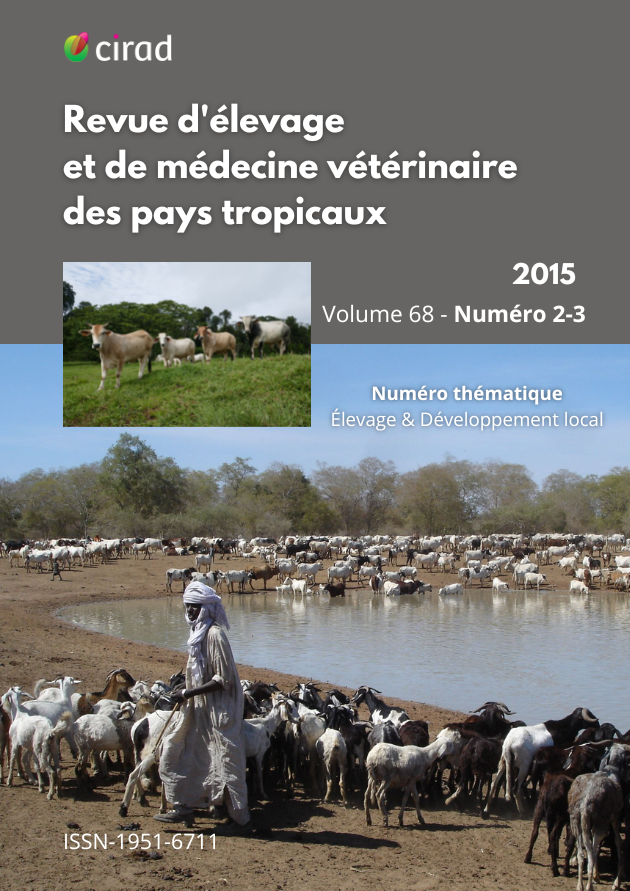Rangeland management in the Qilian mountains, Tibetan plateau, China
DOI:
https://doi.org/10.19182/remvt.20590Keywords
LiFLOD 2011, sheep, yak, rangeland, household, governance, land policy, Tibet, ChinaAbstract
In the past, several tribes from Northern and Central Asia, such as Tibetans, Yugurs, Mongols and Hans, traveled through and settled in the Qilian mountains. Because of the high altitude (on average 3000 meters) the main land use is the rangeland, pastured by yaks and sheep herds. Before the 1949 Chinese Revolution, the pastoral system was based on complex agreements between breeders’ tribes and the monasteries that controlled the rangeland. Since the 1950s, the collectivization of the land and the herds abolished this system. Rangeland degradation worsened because of the concentration of herds. At the beginning of the 1980s, the Household Contract for Responsibility System (HCRS) policy aimed at both improving livelihoods and rangeland management. HCRS progressively became the pillar of land, resource and livestock management, by adopting a collective action involving the households, the community leaders and the local governance. Recently, new policies related to the local demand have been implemented. Sixty years after the revolution, the Qilian mountains’ people succeeded in implementing a socioeconomically efficient farming system. However, this system presents two main weak points: the poor sustainability of rangeland management and the low interest of young generations for rural activity. In order to face these challenges and produce key elements for policy makers, some scenarios of future farming systems have been built and debated with local stakeholders in order to improve the sustainability of rangeland management.
Downloads
Downloads
-
Abstract1052
-
PDF308
Received
Accepted
Published
How to Cite
Issue
Section
Categories
License
© L.Ding et al., hosted by CIRAD 2016

This work is licensed under a Creative Commons Attribution 4.0 International License.








